The biggest concern of a Persian owner is Persian cat health issues. These felines are more susceptible to diseases than any other feline. Their flat face increases the possibility of problems, like breathing problems. But there is no need to panic. In this article, I will provide all the information about Persian cats common health problems.
The Persian cat is one of the most popular pets all over the world because of its big eyes, round face, and long, cotton-soft fur. The flat face gives their faces a slightly angry look but in reality, they are very calm and gentle cats.
common diseases of Persian cats
there are several Persian cat health issues. I will talk about the main problems that most cats have to suffer from and sometimes even die from. The Scientific report of this 2013 research conducted at the Royal Veterinary College (RVC) and the University of Edinburgh shows that 23.4% of Persian cat deaths are due to kidney disease.
I know this can be a matter of great concern for any cat lover, but with some precautions and good care, you can save your Persian cat from these problems.
Persian cat have common health problems

1. Breathing Problems
2. Dental Issues
3. Joint Issues
4. Internal Health Issues and Diseases
5. Problems with Eye Health (PRA) (Progressive Retinal Atrophy)
6. Feline Lower Urinary Tract Disease (FLUTD)
7. Skin and Fur Issues (Idiopathic Seborrhea)
8. Hairball
1. Breathing Problems (brachycephalic airway syndrome)
If a flat face and short muzzle look cute, it also gives rise to respiratory problems. In brachycephalic (Brachy means short and cephalic means head )dogs and cats, the tissues do not have enough space to grow. If the soft palate does not adjust properly in their mouth, they face difficulty inhaling and exhaling.
Symptoms of breathing problems
Retching
Snoring loudly
Panting loudly
Sound while breathing
Cough
Treatment of brachycephalic airway syndrome
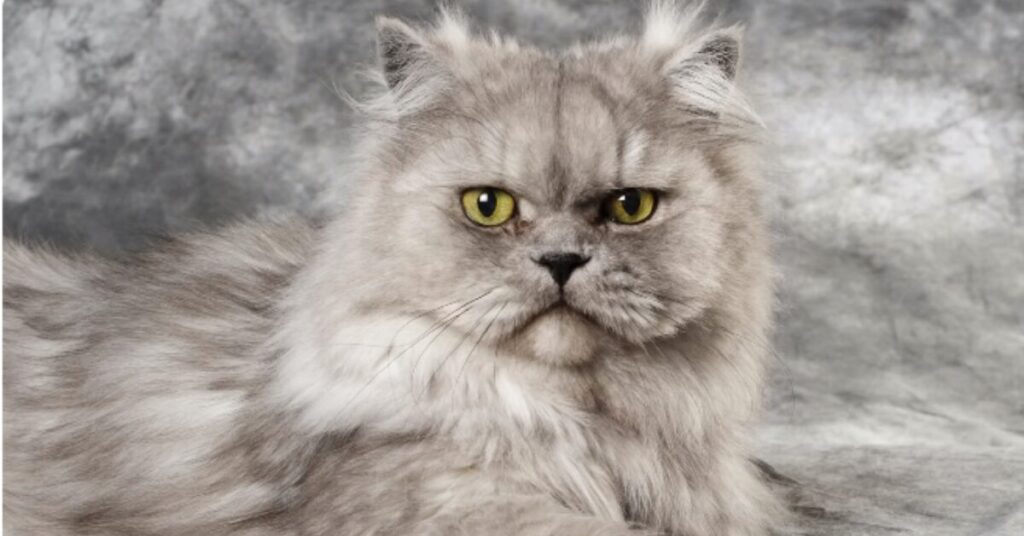
Nonsteroidal anti-inflammatory drugs (NSAIDs) may provide relief from pain in Persians.
Overweight Persians have to struggle more with this syndrome. One should work on their fat percentage and try to reach ideal weight.
Oxygen therapy may be of some help temporarily.
2. Dental Issues
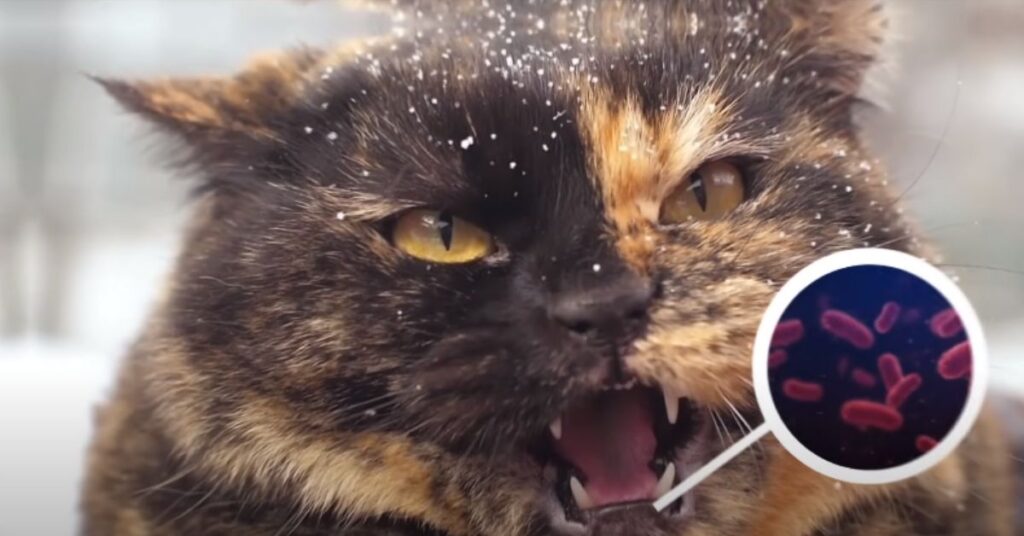
Being a brachycephalic cat breed, dental problems may occur. Initially, it appears in the visible parts of the teeth and gradually reaches the gums and roots. But you can keep your Persian cat’s teeth healthy by regular teeth brushing.
Symptoms of dental problems
Pain in mouth
Bad breath
Bleeding gums
Yellowness of teeth
Inability to chew properly
Appearance of tartar
Treatment of Dental Issues
Periodontal disease is a common issue in felines. We should try to take the prevention of this in advance by getting our Persian brushed daily. Give them food of normal temperature. Giving food directly from Frizer may cause dental problems.
If you notice signs such as bleeding from teeth or difficulty chewing, take your cat to the vet and their recommended antibiotics will provide great relief to your cat.
3. Joint Issues
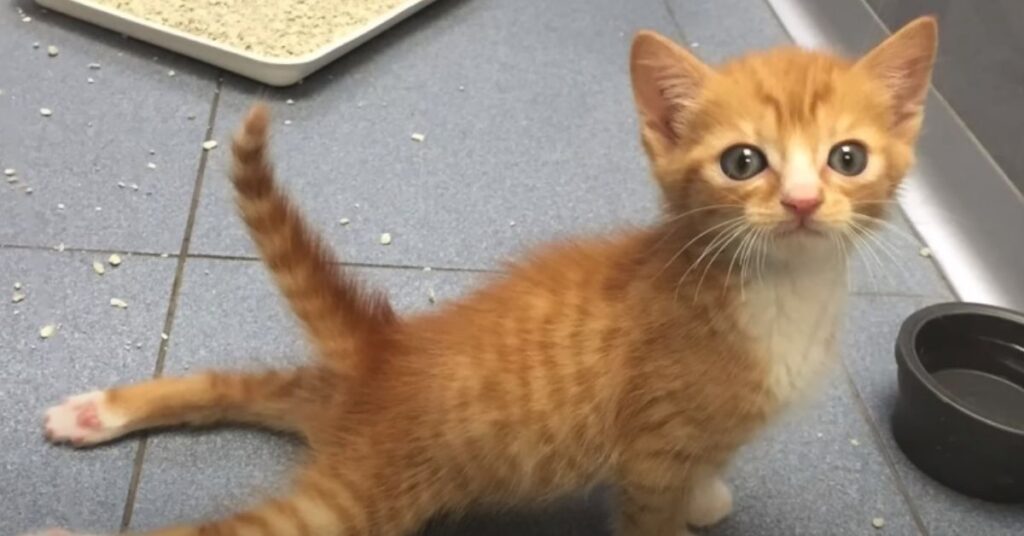
When the hip joint does not grow properly, the ball joint does not fit properly in the socket, due to which the Persian suffers from serious problems like hip dysplasia, due to which they cannot bear weight on its hind legs throughout its life and hence it has to crawl.
When the synovial fluid in the joints gets depleted and causes cartilage to weaken, the bones of the joints start rubbing together, which later takes the form of arthritis.
Symptoms of Joint problems
Sound from joints
lameness
Joint pain
Inability to move joints
Reduce the level of activity
Sleep more than before
Stiffness in legs
Treatment of Joint Issues
Non-steroidal anti-inflammatory drugs can be given with the advice of a certified veterinarian.
Injectable glycosaminoglycans are injected between the joints, giving cats great relief from arthritis.
If no option is left, Photobiomodulation (PBMT) or Cold laser therapy palace treatment can also be done. This may be a bit costly
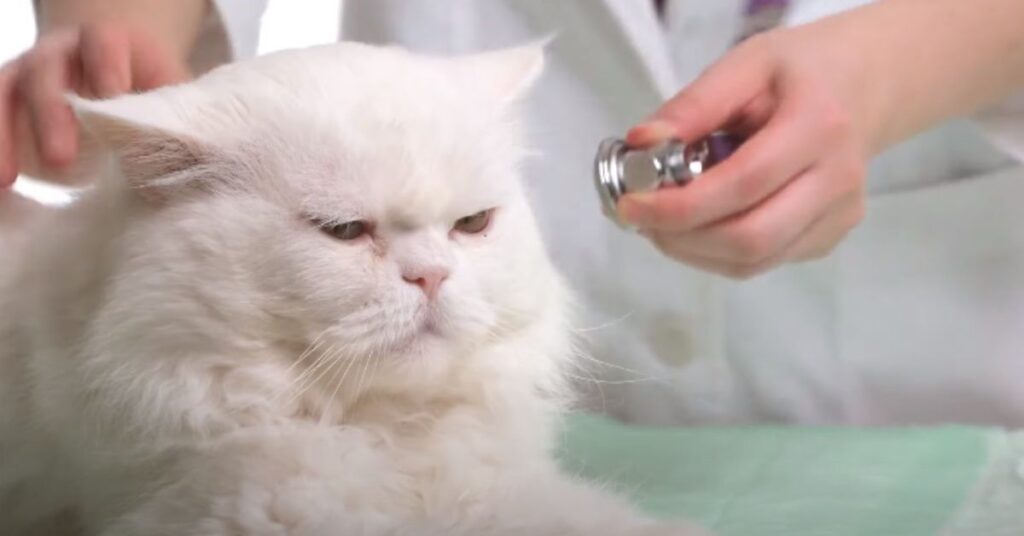
4. Polycystic Kidney disease (PKD)
PKD is a serious problem for Persian cats. Multiple cysts form in the kidney and grow over time. The efficiency of the kidneys gradually decreases and eventually, kidney failure occurs. This inherited disorder can occur in kittens since birth and is not even diagnosed initially. It can be diagnosed by ultrasound imaging after six months.
There is a high possibility of Polycystic Kidney disease being transferred from parents’ genes to their children. Do not breed Persian cats suffering from this disease.
Symptoms of PKD
Loss of appetite
Drink more water than usual
Frequent urination
Nausea
Vomiting
lethargy
Treatment and prevention of PKD
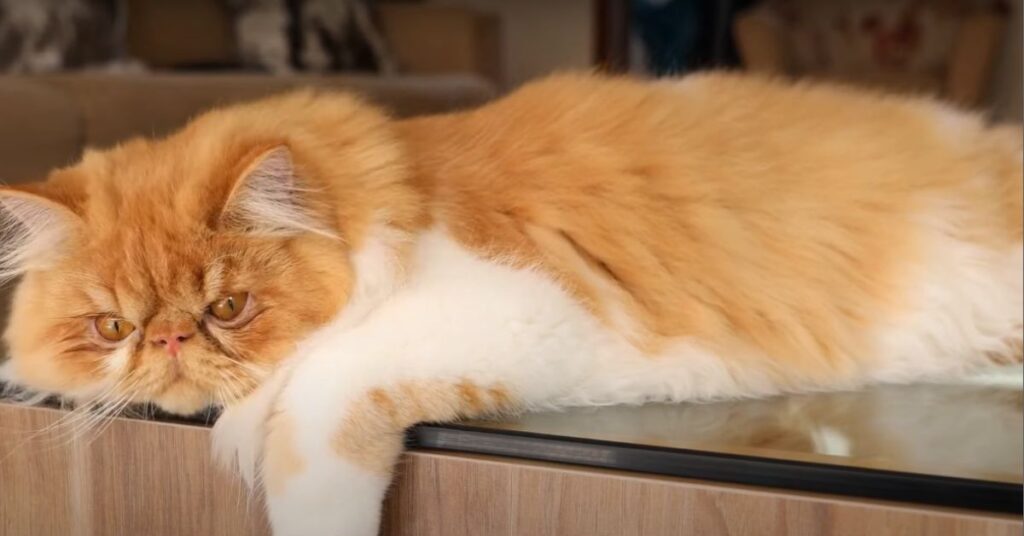
No sure cure has been found yet for Polycystic Kidney disease, but with some precautions and meditation, the kidney gets some relief, due to which the kidney will continue to do its work for a long time.
You can do this with the advice of a vet.
- Appetite stimulants
- Antibiotics
- Fluid therapy
- Specialised diet
- Anti-inflammation drugs
- Painkillers
5. Problems with Eye Health (PRA) (Progressive Retinal Atrophy)
Progressive Retinal Atrophy is a combination of a group of diseases. Hereditary Abilities In this, the light-sensitivity layer at the back of the eyes, called the retina, contains photoreceptors. In conditions like PRA, the photoreceptors of the retinal layer do not function properly, which weakens the Persian cat’s eye vision and may later lead to blindness. The cat’s equivalent of this disease in humans is called retinitis pigmentosa.
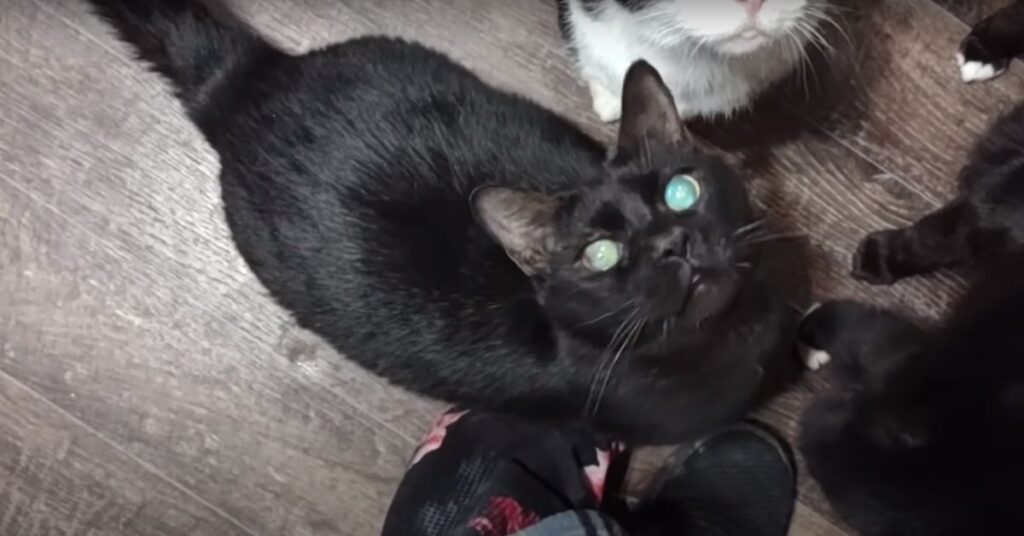
Cause of Progressive Retinal Atrophy
Persian cat eyes disease (PRA) also comes from Persian cat hereditary. That’s why it is mostly seen in kittens and younger cats. There are other reasons besides this.
- Crx mutation
- CEP 290 mutation
- deficiency of taurine (essential amino acid)
Symptoms of PRA
Ddump in objects
Nervous at night
Afraid to go into dark rooms
Nausea
Eyes turning white
Eyes shining in normal light
Dilated pupils
Difficulty finding food bowl
Treatment of PRA (Progressive Retinal Atrophy)
Persians do not feel any pain in this disease. No specific treatment has been found yet. Persians do not feel any pain in this disease. Talking about its treatment, no specific treatment has been found yet. Food with proper nutrition is required. It should contain taurine amino acids in sufficient quantity. Most meditations do not have much effect. You can also give the fur multiple vitamins and cat supplements.
- When your Persian starts hitting things in the house, try guiding them with voice commands.
Also read: Persian cat price and Price of rare Persian
6. Feline Lower Urinary Tract Disease (FLUTD)

Blockage in the urethra or bladder is the main cause of Feline Lower Urinary Tract Diseases. This blockage may be due to UTI (Urinary Track infection) It is a little difficult to recognize this initially. To the Persian cat’s owner, it seems like constipation because the cat goes into the litter box and after much effort comes out without passing urine.
Symptoms of FLUIDs
Urinating outside the litterbox
Pee all over the place
Frequent visits to the litter box
Blood in urine
Screaming while urinating
Treatment Feline Lower Urinary Tract Disease
Increasing the water consumption of Persian can be of some help. Felines like to drink fresh running water, for this, you can use water fountains. Give jelly and wet food which they will be able to digest easily and will also be easy to pass out.
Bladder stone conditions may be resolved by increasing the cat’s diet and water intake, especially if they are struvite stones. Otherwise, the stone can be removed with surgery.
7. Skin and Fur Issues (Ringworm)
Ringworm is a skin disease caused by a fungal infection. In medical terms, it is called dermatophytosis. Fungi live in the hair follicles which gradually weaken the roots due to which the hair gets separated from the skin. Then it becomes a round-shaped red patch. The cat experiences dryness and itching in this skin patch, which sometimes bleeds due to scratching. This also happens in their claws due to scratching and touching the infected area. This infection is also visible on their claws and nails.
Symptoms of ringworm
Dryness in skin
Hair in infected claw gets swept away
Pinkish round patches
Scaling
Crusts
Treatment of Ringworm
This medicine should be given in doses as prescribed by the veterinarian.
This is how I do my Persian:
- Kitten: (first seek advice from a veterinarian): 0.25 to 0. 30 ml Once a day
- adult: 1.25- 1.50 ml once a day
- Large cat (4-6 kg ): 1.70 ml once a day
- female: 1.30- 1.50 (Depend on weight) ml once a day
8. hairballs in Persian cats
All felines suffer from herbal poisoning, but the problem is of greater concern in long-furred cats such as Persian and Himalayan cats. All the billions clean their fur with their tongues. Compared to any other breed, Persian or Himalayan cat has denser or longer fur and they have more hair in their stomach which is natural but when your Persian vomits a lot of hair then special care and treatment are required.
Persian cat vomiting white foam means?
Hairball or Gastric problem
Persian cat vomiting yellow means?
Sign of liver disease
Can Persian cats survive in the wild?
No, because in the wild their coat will become completely matted without brushing.
Disclaimer: Whatever information given here related to any diseases, symptoms, and treatment of Himalayan cats is for educational and informational purposes only. Here, we do not claim to cure any disease, You can use this information at your convenience, but before taking any action, please consult your cat’s veterinarian.
I am Saral Kumar, a passionate blogger. I have been keeping cats and other pets for a decade and have been researching their behavior, which I present to you by writing in this blog.

